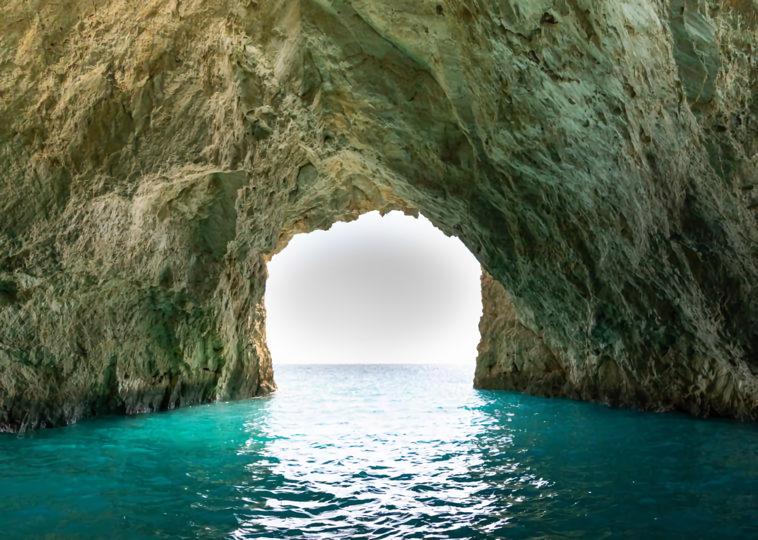Top 7 Extraordinary Caves in the World

Contents [hide]
The hotel is located in remote areas, formed by the dissolution of larger limestones or huge openings left by the seas, which always draw your attention to the majestic caves. You want to be an extreme adventurer and explore all the more enormous caves in the world. At the same time, some of the caves are open to the public.
Some of these caves form when water seeps down through cracks in the limestone. The limestone rocks dissolve piece by piece into the water and form cracks and openings. For millions of years, these openings and the limestone left behind by dripping water can make the majestic cave formations you see here.
Reed Flute Cave, China

This natural limestone cave was discovered as the most attractive site in Guilin, China, in AD 792. This cave, named after the green, has to grow outside the cave. The rock formations and a large number of stalactites make the inner part of the cave so attractive.
The reed flute cave is 240 meters long, and many parts of the cave also show lighting. Archaeologists also discovered more than 70 inscriptions from the walls of this cave, as well as travelogues and poems from the Tang Dynasty, AD 618-918, showing that the cave has been the area’s main attraction since ancient times.
Tham Lod Cave, Thailand

The Tham Lod Cave is in northern Thailand’s Mae Hong Son province. The carvings in this cave are believed to be from ancient lava people of Thailand, who also think they will be at home for a long time. Archaeologists also discovered various clay pottery works and other tools from this cave.
The 1.6 km long cave contains many stalactites and stalagmites. The entire area is surrounded by forest, and small paths lead tourists to this cave; many sailors and other birds can be seen there. The Nam Lang River flows through the Tham Lod Cave in northern Thailand.
Batu Caves, Malaysia

English and Chinese settlers and the indigenous Temuan people used the Batu caves in Malaysia. The guano bat in the cave was mined for agricultural purposes, but now, this mountain cave is filled with statues and is open to visitors. This limestone hill contains many caves and cave temples in Gombak, Malaysia.
This series of caves formed 400 million years ago and was named after the Batu River flowing through the hill. Temuanans, one of the ancient tribes in the country, used many parts of this cave series as a shelter. The cave temple on Batu Hill is one of the most popular Hindu shrines in the country.
Glowworms Cave, New Zealand

This site is known for the highest firefly population, only found in New Zealand. They only live in deep forests or dark caves, as other environments do not match their growth. These mosquito-sized fireflies hang in cave ceilings and create a bioluminescent shine, becoming one of the most beautiful attractions in New Zealand.
Local Maori knew about the existence of the caves, but the underground caves had never been thoroughly explored until Fred and Tane went to investigate. They built a series of flax trunks with candles as their only lighting and floated into the cave where the current goes underground.
Vatnajokull Glacier Cave, Iceland

This cave is located in the Icelandic Vatnajokull glacier, the largest glacier in Europe. The air bubbles and ice crystals gave the cave transparency and attractive blue color. Visiting this crystal cave in the summer season is not safe at all, as the melting and movement of the glaciers take place at this time.
If you stand in a breathtaking ice cave in an enormous glacier, you will feel like you have gone straight into the heart of this land of fire and ice. See the light that flows through fabulous, transparent ice and the fantastic, lively blues that swirl around you in the crystal ice cave in the mighty Vatnajokull glacier.
Naica Mine, Mexico

This cave is known for remarkable selenite crystal deposits. Some of the giant natural crystals have been found around the world. This largest crystal cave was discovered during mining in 2000, about 1000 feet below the limestone host rock. This fantastic cave is closed to visitors; the site is prone to high heat from the depths of the earth.
The giant crystal found in this place is 500,000 years old. The vast crystals in this cave are softer than human fingernails. All crystal pillars in this plaster cave. These crystals form when the superheated water is cooled from the depths of the earth and saturated with gypsum.
Son Doong Cave, Vietnam

It is the most unique and largest cave in the world, in Quang Binh province in Vietnam. The real meaning of the Son Doong cave is Mountain River Cave, formed by the action of the river, limestone eroded from the bottom of the mountain about 2-5 million years ago.
The Son Doong cave was discovered in 1191 by a local named Ho-Khanh, and the first investigation was carried out in 2009 by the British Speleology team. Son Doong Cave is 9 kilometers long and 150 meters in height. The fast-flowing underground river is 1.6 kilometers long. This river makes whistling noises in the cave.


